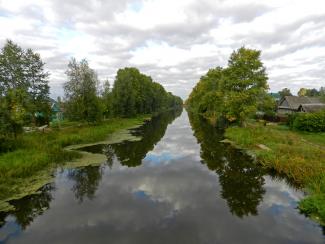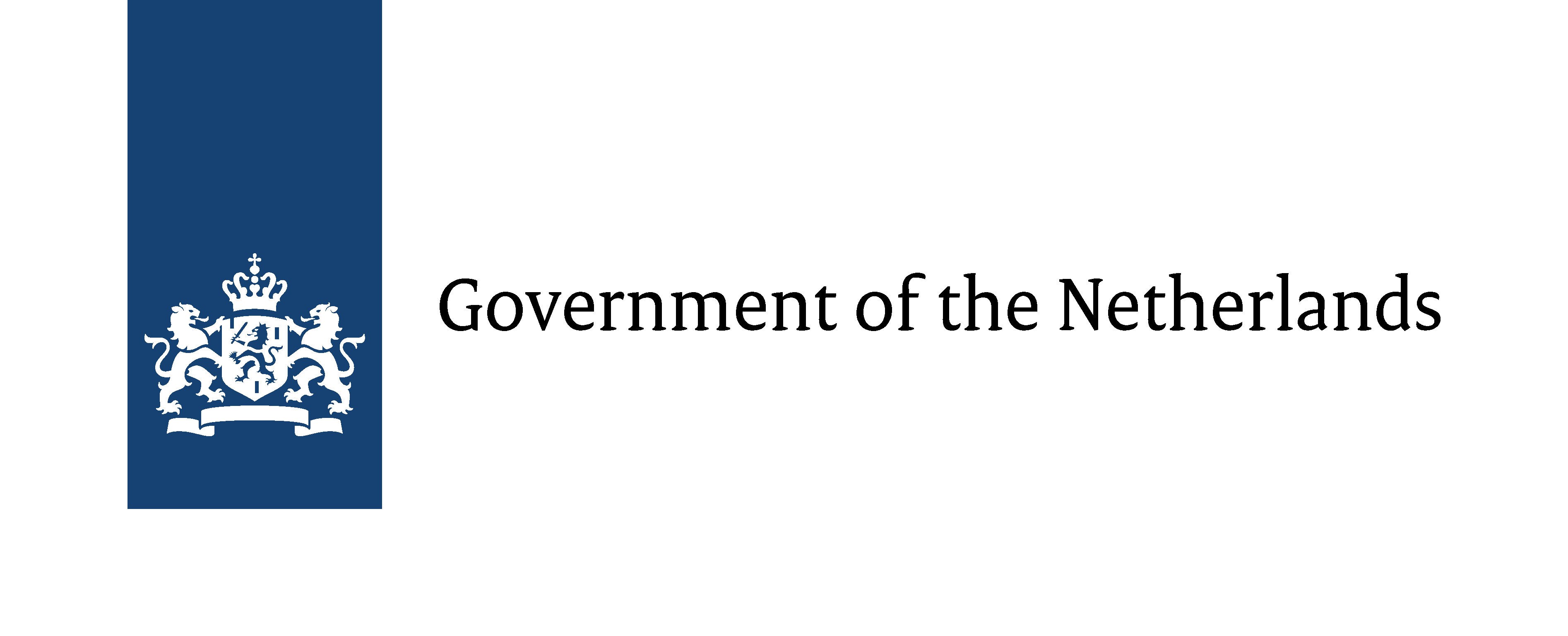
Windmills have been and still are one of the most iconic structures in Dutch building history, and symbolize the historic relationship that the Dutch have with water. However, Dutch mills have been instrumental in more ways than merely pumping up ground water or managing water levels. Abroad, Dutch windmills literally contributed to the foundations of city development.
In Russia, Peter the Great founded St. Petersburg in the first years of the 18th century, which ushered in a period of rapid urban development of this Russian port city. The transformation of local wetlands to metropolitan terrain was based on the Dutch model, with windmills playing a crucial part in the reclamation of land. For the construction of the iconic Peter and Paul Fortress, the Dutch expertise of using tree trunks as subterranean support was used. The windmills pumped the water away and sawed the timber for building the grand palace. Moreover, Russia used Dutch engineers, contractors and craftsmen to construct inland canals, such as the Vyshny Volochyok Waterway, which links the Baltic Sea with the Caspian Sea. Both cases of historic Dutch-Russian relations in water management and construction have led to two recent projects.
In 2011, a research initiative was instigated to fill knowledge gaps within this field, with Dutch and Russian heritage experts jointly looking into our understanding of the Dutch contribution to Russian canal construction. In 2012, a workshop on the role of mills in saving and reviving Russian and Dutch historical landscapes was organized, which also involved heritage experts from both countries. These projects underlined that historic water management as shared cultural heritage is still relevant for present-day and future heritage and water management projects.
Project
"Linking the seas: The Dutch and Russian Canal Construction"
This research initiative zoomed in on the little-known phase of Dutch canal construction in 18th-century Russia. The water management expertise used at the time contributed to various infrastructural megaprojects that are still in use.

